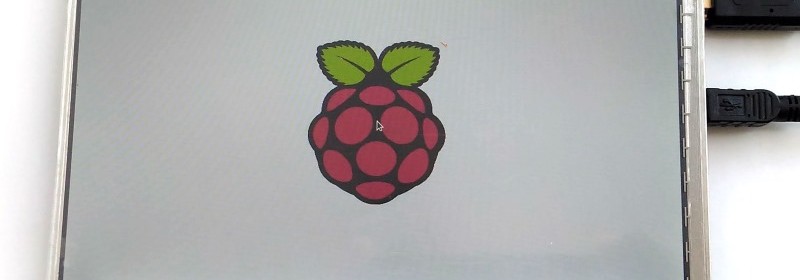Product review: Elecrow’s 7″ HDMI LCD Display for Raspberry Pi

A colorful LCD display is always a great add-on to any Raspberry Pi project. This article provides a quick review of a high resolution (1024×600 pixels) 7″ HDMI LCD product from Elecrow and illustrates a simple way to set it up for Raspberry Pi. With HDMI support, built-in capacitive touchscreen control, and 4 mountable corners, this LCD is a perfect Plug-n-Play display for use with single board computers like Raspberry Pi and Banana Pi. It comes with an HDMI cable for the display, an USB cable for touchscreen control, four mounting screws, and a DVD containing the driver softwares. Hardware connections and software setup The setup
Read more


